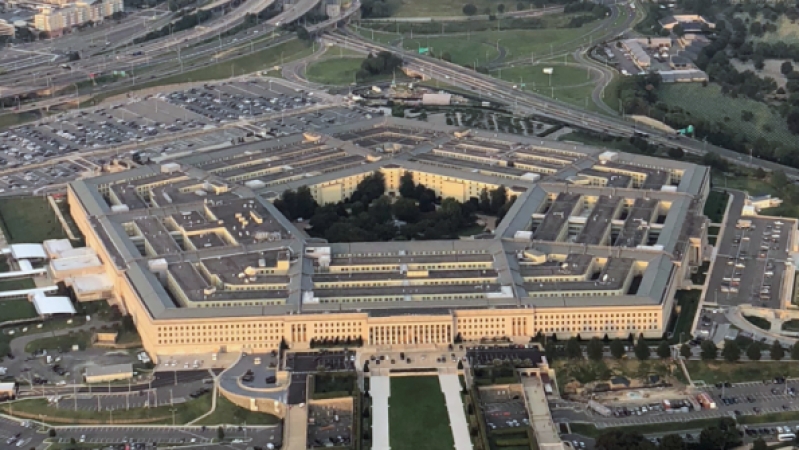1 juin 2020
Farnborough International launches FIA Connect, a digital aerospace event
Farnborough International has launched FIA Connect: a platform to connect the global aerospace industry. Taking place during what would have been the 2020 airshow week, FIA Connect will run from July 20-24. Over five days, there will be a series of free-to-attend digital aerospace events, including a full virtual conference program focussed on topics leading industry and featuring high profile speakers, as well as range of business growth opportunities. Speaking about the launch of FIA Connect, Gareth Rogers, chief executive of Farnborough International said: “The cancellation of the airshow in response to the COVID-19 pandemic was a major shock, however the team is determined to create something that brings as many aspects of the show to the global aerospace industry as possible. “Through our biennial airshow, we have been privileged to serve as a platform for connecting industry, facilitating business growth, and showcasing the very latest in innovation and technology. “The Farnborough International team is working hard to deliver a week of world-class content and thought leadership in order to provide some support to industry at a time when we cannot meet.” Registration for FIA Connect is set to go live in the middle of June. The schedule of events includes: The FINN Sessions – a comprehensive webinar program of insight and analysis featuring leading figures and focussed on the topics that matter: MRO, defence, airlines, space, urban aviation and future workforce. Meet the Buyer is to run free-of charge on Tuesday July 21. This is a strategic opportunity, connecting suppliers with buying decision makers at pre-arranged, private and secure virtual meetings. Farnborough Friday a day developed to help address the skills gap, this virtual hub will include careers advice, inspirational speaker videos, downloads and workshops. ADS Partnership – FIA Connect is partnering with ADS Group, the U.K. trade association for aerospace, defence and security, to provide support, guidance and topical sessions of analysis, giving the best of insight and resource to help business keep up to date, informed and connected. All content for FIA is being created in-house by the team at Farnborough International with the technological capability being delivered by Eventscase: a platform designed to facilitate all key areas of live, hybrid and virtual events. https://www.skiesmag.com/press-releases/farnborough-international-has-launched-fia-connect-a-digital-aerospace-event/



